Top Things to Do in Warsaw in Summer
Apr 09, 2025If you’ve never been to Warsaw in summer, you’re in for a surprise. A good one.
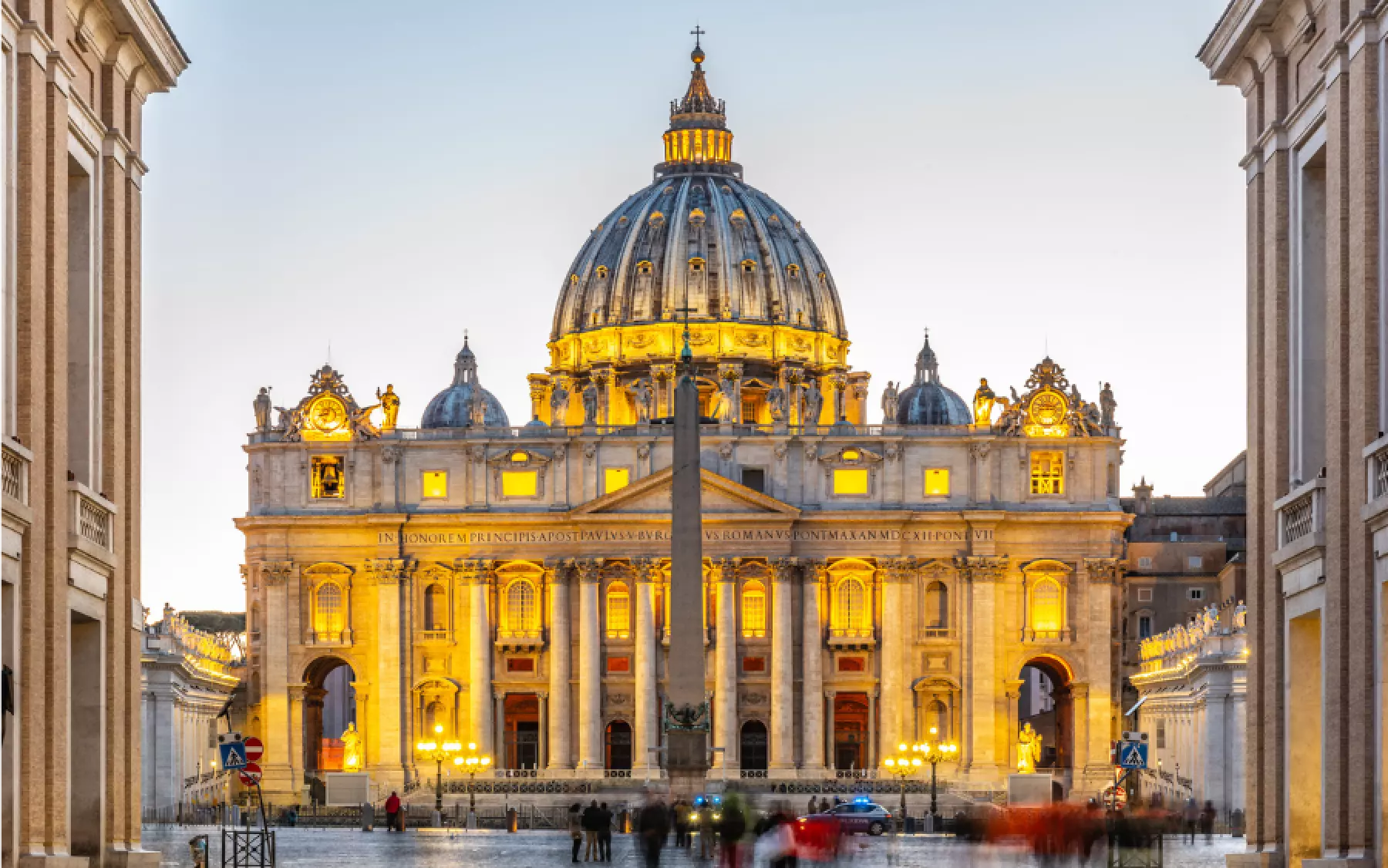
Rome is an art lover’s paradise, brimming with world-class museums that span thousands of years of history. From the ancient Roman empire to contemporary masterpieces, the museums in Rome are home to an eclectic mix of art and culture that provides insight into the evolution of human creativity. In this guide, we’ll explore the best museums in Rome, from the must-see masterpieces at the Vatican Museum to the cutting-edge exhibitions at the MAXXI Museum.
The Vatican Museums, founded by Pope Julius II in 1506, are among the largest and most important museum complexes in the world. Spanning over 70,000 works of art, they contain an incredible array of ancient sculptures, Renaissance paintings, and tapestries. Visitors to the Vatican Museums can expect to see masterpieces from iconic artists like Michelangelo, Raphael, and Leonardo da Vinci.
One of the must-see highlights of the Vatican Museums is the Sistine Chapel, where Michelangelo’s famous frescoes, including the "Creation of Adam," adorn the ceiling. Also not to be missed are the Raphael Rooms, painted by Raphael and his students, which are masterpieces of Renaissance art. The Vatican Museums are a visual journey through history, offering visitors the opportunity to experience works that define the Western artistic canon.
Interestingly, the Vatican Museums are so vast that if you spent just one minute looking at each piece of art, it would take over nine years to see everything.
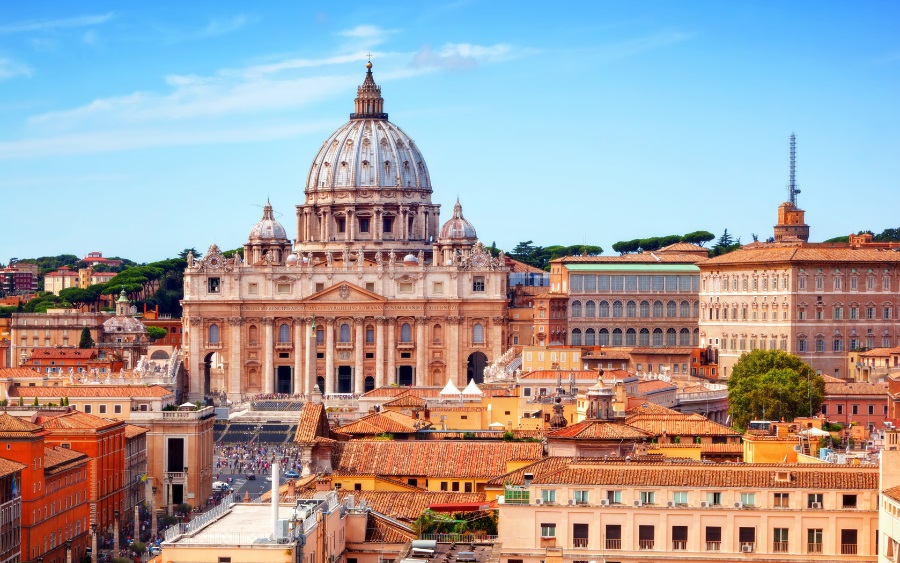
The Capitoline Museums, located on Piazza del Campidoglio in Rome, were established in 1734 and are regarded as the first public museums in the world. The museum complex, designed by Michelangelo, houses a world-renowned collection of ancient Roman art and artifacts. The museums' permanent collection includes exquisite sculptures such as the Capitoline Wolf, the iconic bronze statue of the she-wolf suckling Romulus and Remus, the legendary founders of Rome, and the Dying Gaul, a dramatic Hellenistic sculpture that captures a moment of defeat.
The Capitoline Museums are also home to a large collection of Roman coins, paintings, and frescoes. Visitors can walk through the rich history of the ancient Roman Empire, learning about its triumphs, artistic achievements, and the lives of its rulers.
The museums are spread across several buildings, offering an immersive experience in the heart of Rome’s ancient cultural heritage.

Located in the magnificent Villa Borghese Gardens, the Borghese Gallery is a treasure trove of Baroque art and Renaissance masterpieces. Established in the early 17th century, the gallery boasts an extensive collection of works by Caravaggio, Bernini, and Titian, among others.
The most famous works in the collection include Bernini's dynamic sculpture Apollo and Daphne, which masterfully captures the transformation of the nymph Daphne into a laurel tree, and Caravaggio's intense and realistic Boy with a Basket of Fruit, showcasing the artist’s skillful use of light and shadow. The gallery also houses works by Raphael, Rubens, and Correggio, making it an essential stop for any art lover.
The stunning villa itself, with its lush gardens and intimate spaces, offers visitors a glimpse into the opulent world of the Borghese family, who amassed these extraordinary works of art. Due to its popularity, it’s recommended to book tickets in advance to ensure entry.
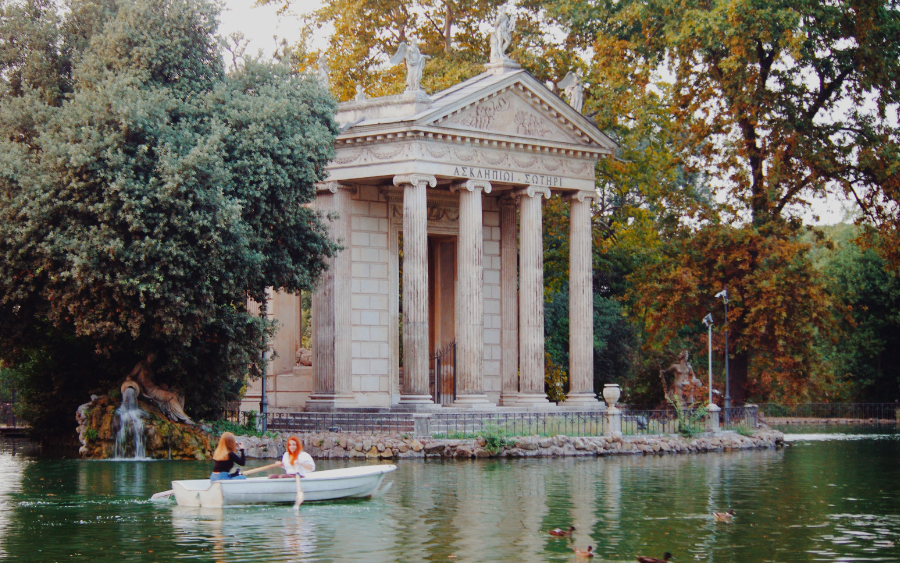
The National Roman Museum, or Museo Nazionale Romano, is a collection of museums spread across four different locations in Rome. This museum is a must-visit for anyone interested in the art and artifacts of ancient Rome. The museum’s branches, including Palazzo Massimo and Palazzo Altemps, display Roman sculptures, frescoes, mosaics, and even ancient Roman furniture. The collection includes famous pieces like the Boxer at Rest, a stunning bronze sculpture of a defeated boxer, and the Discus Thrower, a marble sculpture that exemplifies ancient Roman ideals of physical beauty and athleticism.
One of the highlights of the National Roman Museum is its focus on the human form in Roman art, from intricate portrait busts to dramatic depictions of Roman emperors. The museum offers visitors a comprehensive look at the daily life, achievements, and artistic expressions of the ancient Roman civilization.
The MAXXI Museum, designed by the renowned architect Zaha Hadid, is Rome’s premier institution for contemporary art and architecture. Opened in 2010, the museum is dedicated to showcasing 21st-century art, with exhibitions spanning painting, sculpture, digital art, and architecture. The architecture of the MAXXI itself is a work of art, with its fluid, curving lines and innovative use of space providing the perfect setting for contemporary exhibitions.
The museum’s collection includes thought-provoking installations and contemporary sculptures, many of which explore the intersection of art, technology, and social issues. Visitors can expect to see cutting-edge exhibitions that challenge traditional notions of art and creativity.
The MAXXI is a dynamic space where the art world continually evolves, offering a glimpse into the future of visual and architectural expression. It’s a must-see for anyone interested in modern and contemporary culture.
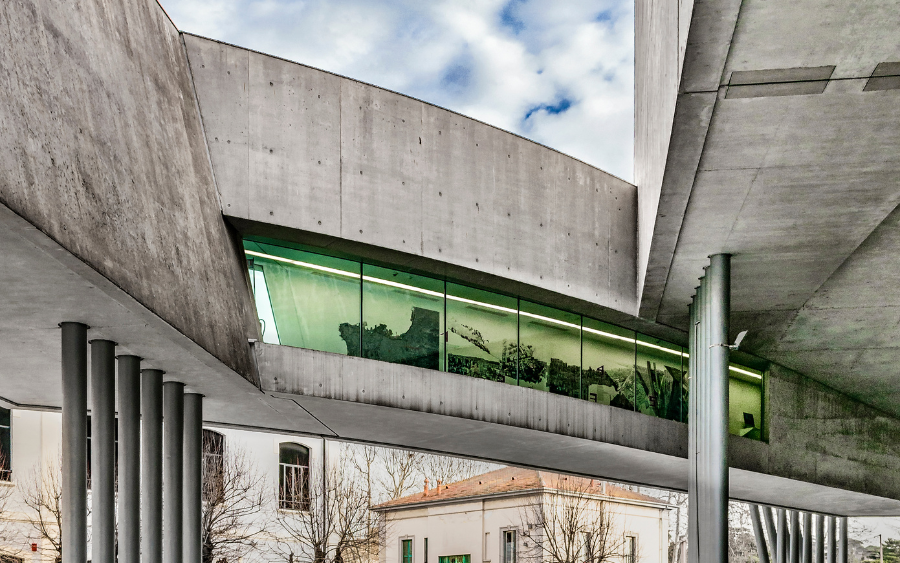
The Leonardo da Vinci Museum in Rome offers a unique and interactive experience dedicated to the genius of Leonardo da Vinci. Located near the Vatican, the museum is home to a collection of full-scale models based on Leonardo's sketches and designs, which illustrate his visionary ideas for flying machines, military inventions, and more. The museum also displays replicas of Leonardo’s famous paintings, including the Mona Lisa and The Last Supper, as well as a range of anatomical studies that showcase his detailed observations of the human body.
Visitors can engage with the museum’s interactive displays, which demonstrate how Leonardo’s inventions might have worked in practice. The museum offers a fascinating look at the mind of one of the greatest polymaths in history, highlighting his contributions to science, engineering, and art.
The Doria Pamphilj Gallery is a hidden gem located in the heart of Rome. Housed in the 17th-century Palazzo Doria Pamphilj, the gallery contains the private collection of the Doria Pamphilj family, one of the most influential noble families in Italy. The collection includes works by Caravaggio, Velázquez, and Titian, as well as sculptures and decorative arts. The standout piece in the collection is Velázquez’s Portrait of Pope Innocent X, a hauntingly realistic portrayal of the pope that captures his authority and vulnerability.
The gallery is housed in a lavish palace, and visitors can wander through the opulent rooms filled with fine paintings, furniture, and tapestries.
The Doria Pamphilj Gallery offers a glimpse into the world of Roman nobility, and it’s one of the few galleries in Rome that is still privately owned and maintained by the same family.
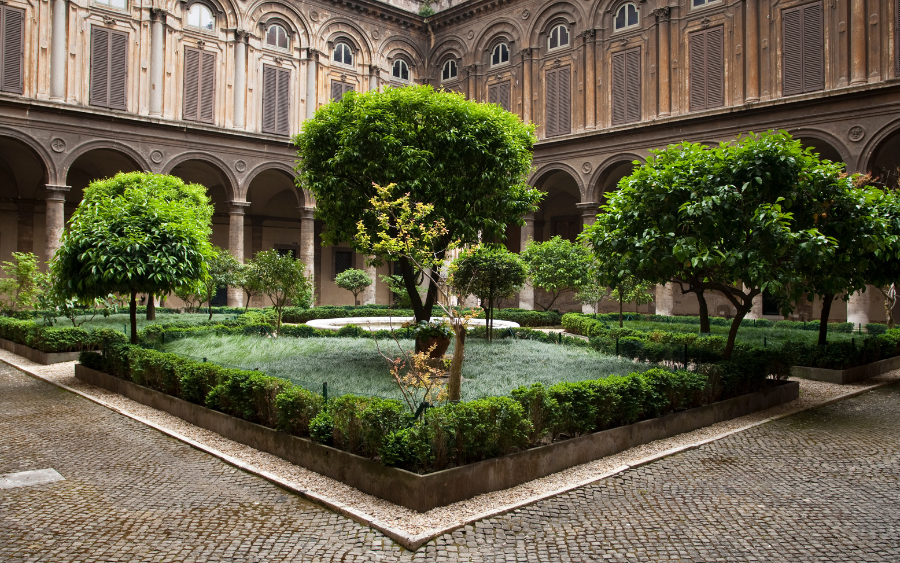
The National Gallery of Modern and Contemporary Art (Galleria Nazionale d'Arte Moderna e Contemporanea) is home to Italy’s most important collection of modern and contemporary art. Located in the Villa Borghese, the museum’s collection spans over two centuries, from the early 19th century to the present day.
The museum houses works by artists such as Monet, Van Gogh, Balla, and Severini, as well as a significant collection of Italian Futurist art. The collection offers a dynamic exploration of the evolution of modern art, from Impressionism to abstract art.
Visitors can expect to see both well-known masterpieces and works by lesser-known but equally significant Italian artists. The museum’s collection provides a comprehensive overview of the development of modern art, with an emphasis on Italy’s role in the global art scene.
The National Etruscan Museum of Villa Giulia offers a fascinating look at the Etruscan civilization, which predated the Romans and flourished in central Italy. The museum is housed in a beautiful Renaissance villa, the Villa Giulia, which was once the residence of Pope Julius III.
The museum’s collection includes a wide range of Etruscan artifacts, including jewelry, pottery, and the famous Sarcophagus of the Spouses, a beautifully painted stone tomb that depicts a married couple reclining in the afterlife.
The museum offers an in-depth exploration of Etruscan art, culture, and religion, providing important context for understanding the development of Roman civilization. The museum is a must-visit for anyone interested in Italy’s ancient past and the cultures that shaped the Roman Empire.
The Ara Pacis Museum, designed by Richard Meier, houses the Ara Pacis, or Altar of Peace, a monument dedicated to the Roman goddess Pax and commissioned by Emperor Augustus in 13 BCE. The altar was erected to commemorate Augustus’ military victories and the peace he brought to the Roman Empire. The museum’s sleek, modern design contrasts beautifully with the ancient reliefs that adorn the altar. The reliefs on the Ara Pacis depict scenes of sacrifice and the imperial family, offering a glimpse into the politics and culture of ancient Rome.
The museum is a striking example of how modern architecture can enhance the presentation of ancient art, creating a space where past and present coexist harmoniously.
Visitors will find the Ara Pacis to be one of the finest examples of Roman art that celebrates peace, prosperity, and the glory of the empire.
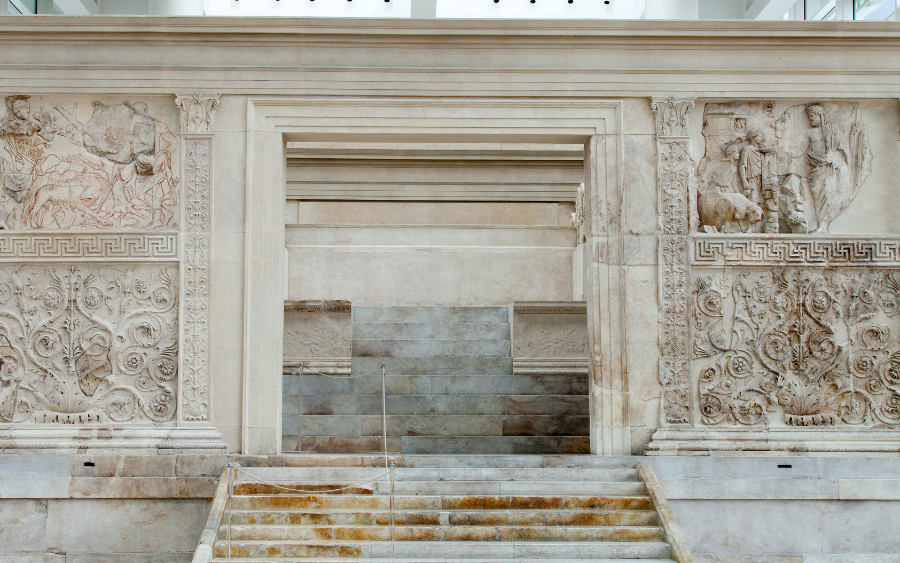
Each of these museums offers a unique perspective on Rome’s rich cultural heritage, making the city a must-visit destination for art and history enthusiasts alike. From the ancient Roman relics in the National Roman Museum to the cutting-edge contemporary exhibitions at the MAXXI Museum, there is something for everyone in Rome’s vibrant museum scene. Whether you're exploring the works of Michelangelo at the Vatican Museums or admiring the masterpieces of the Baroque period at the Borghese Gallery, each museum tells a story of the city’s evolution and its influence on the art world.